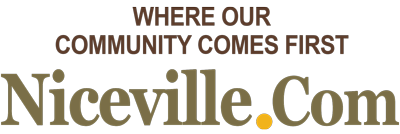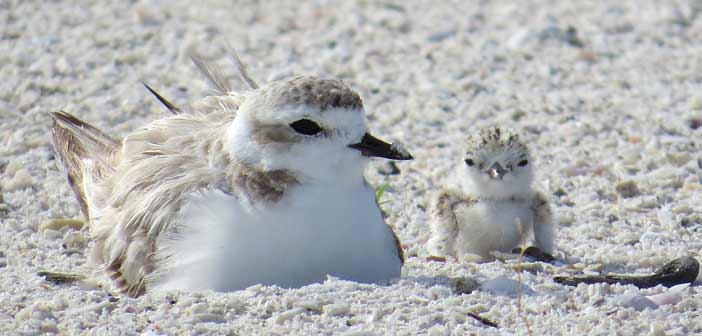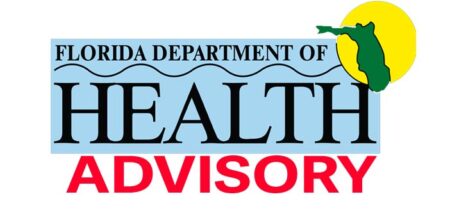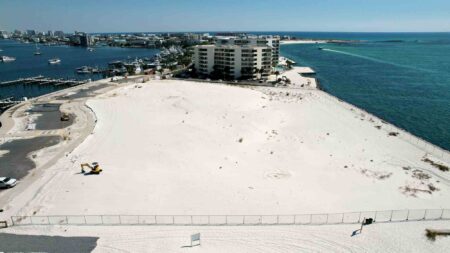Shorebirds build shallow nests out of sand and shells on beaches in spring and summer, and eggs and hatching chicks are difficult to see. Eggs and chicks are well-camouflaged and can easily be missed and even stepped on unless people know to look out for them.
The Florida Fish and Wildlife Conservation Commission (FWC) and Audubon Florida are reminding beachgoers and boaters to give nesting waterbirds and their young space to help keep them safe this nesting season.
Shorebirds build shallow nests out of sand and shells on beaches in spring and summer, and eggs and hatching chicks are difficult to see. Wading birds, such as herons and egrets, as well as pelicans, are also nesting now on islands around the state. Both types of birds can be easily disturbed if people approach too closely. Such disturbance can cause birds to abandon their nesting sites, exposing eggs and chicks to predators, sun exposure and other harm.
Shorebird nests, eggs and chicks are well-camouflaged and can easily be missed and even stepped on unless people know to look out for them. The snowy plover, least tern, black skimmer, American oystercatcher and Wilson’s plover are several of Florida’s beach-nesting shorebird species facing conservation challenges. Vulnerable tree-nesting waterbirds, such as brown pelicans, reddish egrets, tricolored herons and roseate spoonbills, have also experienced declines. These coastal waterbirds can benefit from increased awareness by the public.
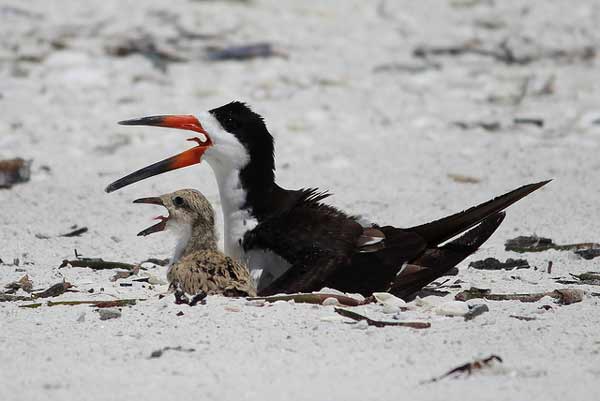
“Florida is renowned for its diverse and spectacular bird life,” said FWC Chairman Brian Yablonski. “We want to ensure these birds are here for future generations to enjoy.”
People can help keep nesting waterbirds safe by keeping their distance from them and Critical Wildlife Areas.
CWAs are established by the FWC to protect congregations of one or more species of wildlife from human disturbance during critical life stages such as breeding, feeding or migration. Last November, FWC commissioners approved an unprecedented effort to create 13 new CWAs and improve five existing CWAs.
“Some of the CWAs are so new that they have not yet been marked-off as CWAs. In these areas, we are asking people to be extra vigilant in their efforts to avoid disturbing the birds,” said FWC CWA coordinator Michelle van Deventer.
In northwest Florida, there are three CWAs posted for nesting birds: Alligator Point and St. George Causeway in Franklin County, and Tyndall in Bay County. The FWC is working to create two new CWAs in Franklin County: Flagg Island and Lanark Reef.
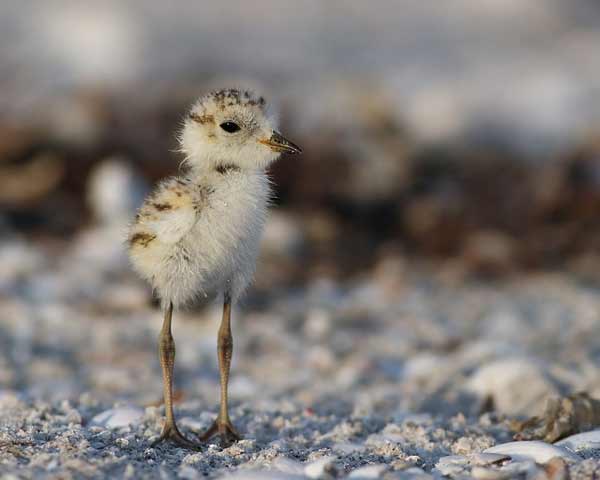
In addition to observing the marked-off areas around CWAs, people can also help by following a few simple steps while enjoying the beach this season:
- Keep your distance from birds, on the beach or on the water. If birds become agitated or leave their nests, you are too close. A general rule is to stay at least 300 feet from a nest. Birds calling out loudly and dive-bombing are signals for you to back off.
- Respect posted areas. Avoid posted nesting sites and use designated walkways when possible.
- Never intentionally force birds to fly or run. This causes them to use energy needed for nesting, and eggs and chicks may be left vulnerable to the sun’s heat or predators. Teach children not to chase shorebirds and kindly ask fellow beachgoers to do the same. Shorebirds outside of posted areas may be feeding or resting and need to do so without disturbance.
- It is best to not take pets to the beach, but if you do, keep them leashed and avoid shorebird nesting areas. (State parks, national parks and CWAs do not allow pets.)
- Keep the beach clean and do not feed wildlife. Food scraps attract predators, such as raccoons and crows, which can prey on shorebird eggs and chicks. Litter on beaches can entangle birds and other wildlife.
- Spread the word. If you see people disturbing nesting birds, gently let them know how their actions may hurt the birds’ survival. If they continue to disturb nesting birds, report it to the FWC’s Wildlife Alert Hotline at 888-404-FWCC (3922), #FWC or *FWC on a cellphone or by texting Tip@MyFWC.com. You may also report nests that are not posted to our Wildlife Alert Program.
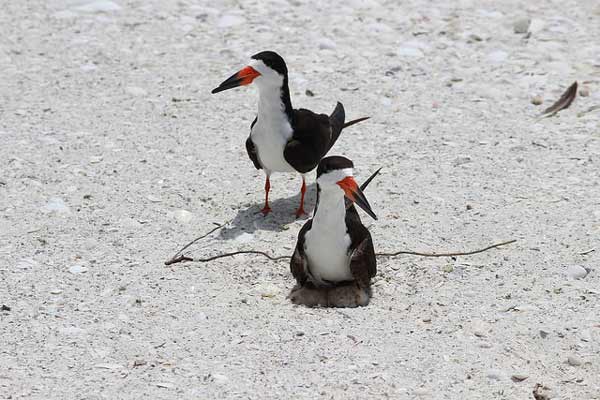
“These charismatic birds make Florida the special place that it is,” said Julie Wraithmell, Deputy Executive Director for Audubon Florida. “Giving these parents and their babies a little space will ensure they’re here for generations to come.”
For more information, go to MyFWC.com/Shorebirds and download the “Share the Beach with Beach-Nesting Birds” brochure. Or go to the Florida Shorebird Alliance website at FLShorebirdAlliance.org to learn more about how to participate in shorebird conservation efforts.
For more information about Florida’s CWAs, visit MyFWC.com/CWA.
To learn how you can volunteer your time to protect nesting coastal birds, visit FL.Audubon.org and scroll over the “Conservation” tab at the top, then click on “Coastal Conservation” and “Coastal Bird Stewardship,” or you can email FLConservation@Audubon.org.
